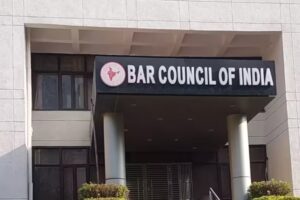
Delhi’s Former Deputy CM Manish Sisodia moved Rouse Avenue court seeking regular bail in a money laundering case related to the alleged Delhi excise policy scam.
He has also sought custody parole for two days to meet his wife every week.
Special Judge M. K Nagpal issued notice to the Enforcement Directorate (ED) on the application for February 2, 2024. While issuing notice, the court noted that the first application is for seeking his regular bail (second bail application), and the second is for seeking custody parole to meet his ailing wife for two days on a weekly basis.
Similar applications have also been lodged in CBI cases. Advocate Mohd. Irshad and Rajat Jain represented Manish Sisodia. Sisodia was apprehended and formally charged in cases related to Delhi Excise policy by both the Enforcement Directorate (ED) and the Central Bureau of Investigation (CBI).
The former Deputy Chief Minister, Manish Sisodia, is currently in custody concerning his alleged involvement in the Delhi Liquor scam.
The Supreme Court of India rejected Sisodia’s bail petition on October 30. Previously, both the High Court and the trial court had dismissed his bail applications on May 30 of the previous year. He was granted custody parole to visit his ailing wife on Diwali, which fell on November 10, 2023. Sisodia was taken into custody by the CBI on February 26, and the ED arrested him on March 9.
The ED alleges that the activities of the accused, Manish Sisodia, have resulted in the generation of proceeds of crime amounting to approximately Rs 622 crore.




